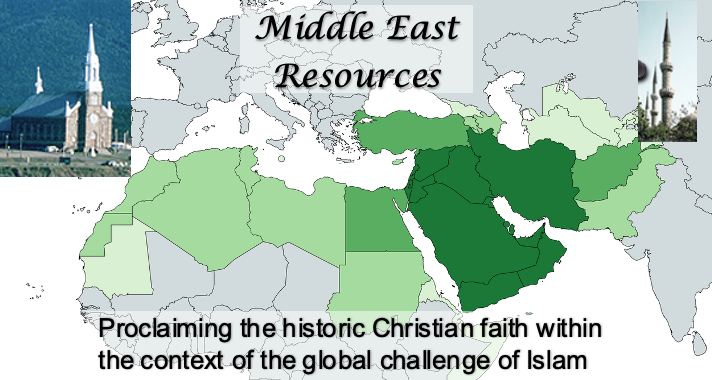Aramaic, the Bible’s Third Language of Origin
Most people familiar with the Bible know that the Old Testament was written in Hebrew, and the New Testament was written in Greek. However, it is less widely known that hundreds of verses in the Old Testament were written in Aramaic, and more than a dozen verses in the New Testament include Aramaic words. Like almost any book that depicts interacting cultures, the Bible also contains words borrowed from other languages, such as Egyptian and Persian.
A well-known example of a borrowed word in the Old Testament is “Pharaoh,” which initially meant “royal palace” in Egyptian and later came to refer to Egyptian kings. The book of Exodus mentions Pharaoh numerous times. The book of Genesis also mentions Abraham, Joseph, and Jacob meeting several Pharaohs. When Abraham lived, Egyptians did not call their king “Pharaoh”; however, they did so when Genesis was written, which was during or after the time of Moses.
An example of a foreign word in the New Testament is the Persian word “Magi,” which is best known for the story of the wise men from the East who visited Jesus. The word carries negative connotations in Acts 8:9 (sorcerer) and 13:8 (magician). It is the root of the English word “magic.”
Before the Babylonian captivity, which started in phases between 605 and 587 BC, the Israelites spoke Hebrew. During their exile, which ended in waves between 538 and 515 BC, they learned to speak Aramaic and mainly used Hebrew in homes and synagogues. In Daniel, the following passages were originally written in Aramaic.
- The Interpretation of Nebuchadnezzar's Dream
- The Fiery Furnace
- Nebuchadnezzar's Second Dream
- The Handwriting on the Wall
- The Lion’s Den
- Daniel’s Vision and Interpretation
The middle part of the book of Ezra was also written in Aramaic. These chapters include letters exchanged between various provincial officials and Persian kings, such as Artaxerxes and Darius, along with the kings’ replies. The letters were attempts to stop the reconstruction of God’s temple in Jerusalem and Darius’s final approval of the Jews’ rebuilding efforts.
Jesus and his contemporaries spoke Hebrew when reading scripture (the Old Testament) and used Aramaic in everyday conversations. Three of the four gospels (Matthew, Mark, and John), the book of Acts, and three of Paul’s epistles (Romans, 1 Corinthians, and Galatians) contain Aramaic words or phrases for emphasis. The most frequently used Aramaic word in the New Testament is “Abba,” which means “Father.” See Mark 14:36, Romans 8:15, and Galatians 4:6. The Aramaic word “Rabboni,” which means “rabbi” or “teacher,” also appears in multiple gospels: Mark 10:51 and John 20:16.
Some of the longest Aramaic phrases in the Bible are exclamations or commands:
- Matthew 27:46: And about the ninth hour Jesus cried out with a loud voice, saying, “Eli, Eli, lema sabachthani?” that is, “My God, my God, why have you forsaken me?”
- Mark 5:41: Taking her by the hand he said to her, “Talitha cumi,” which means, “Little girl, I say to you, arise.”
Many schools, churches, and Christian groups are named “Maranatha” in various countries. Because it resembles the Greek word “Marathon,” some may think the name has Greek origins. However, it actually comes from an Aramaic phrase that Paul used to punctuate 1 Corinthians 16:22. Maranatha appears in transliterated form in older English Bible versions like the KJV and ASV. Modern translations have moved maranatha to a footnote and now translate it as: “Our Lord, come!” or “O Lord, come!” According to Bibleinfo.com and BibleHub.com, maranatha is an Aramaic phrase, which could have one or both of the following meanings:
- Marana-tha - “Our Lord, come!” or “O Lord, come!”
- Maran-atha - “Our Lord has come!”
Christians widely used this Aramaic phrase in the first century to express their eager longing for Christ’s return. The last two verses of the Bible include this phrase, though written in Greek rather than Aramaic, as a response to Christ’s promise of his return.
 Middle East Resources
Middle East Resources
